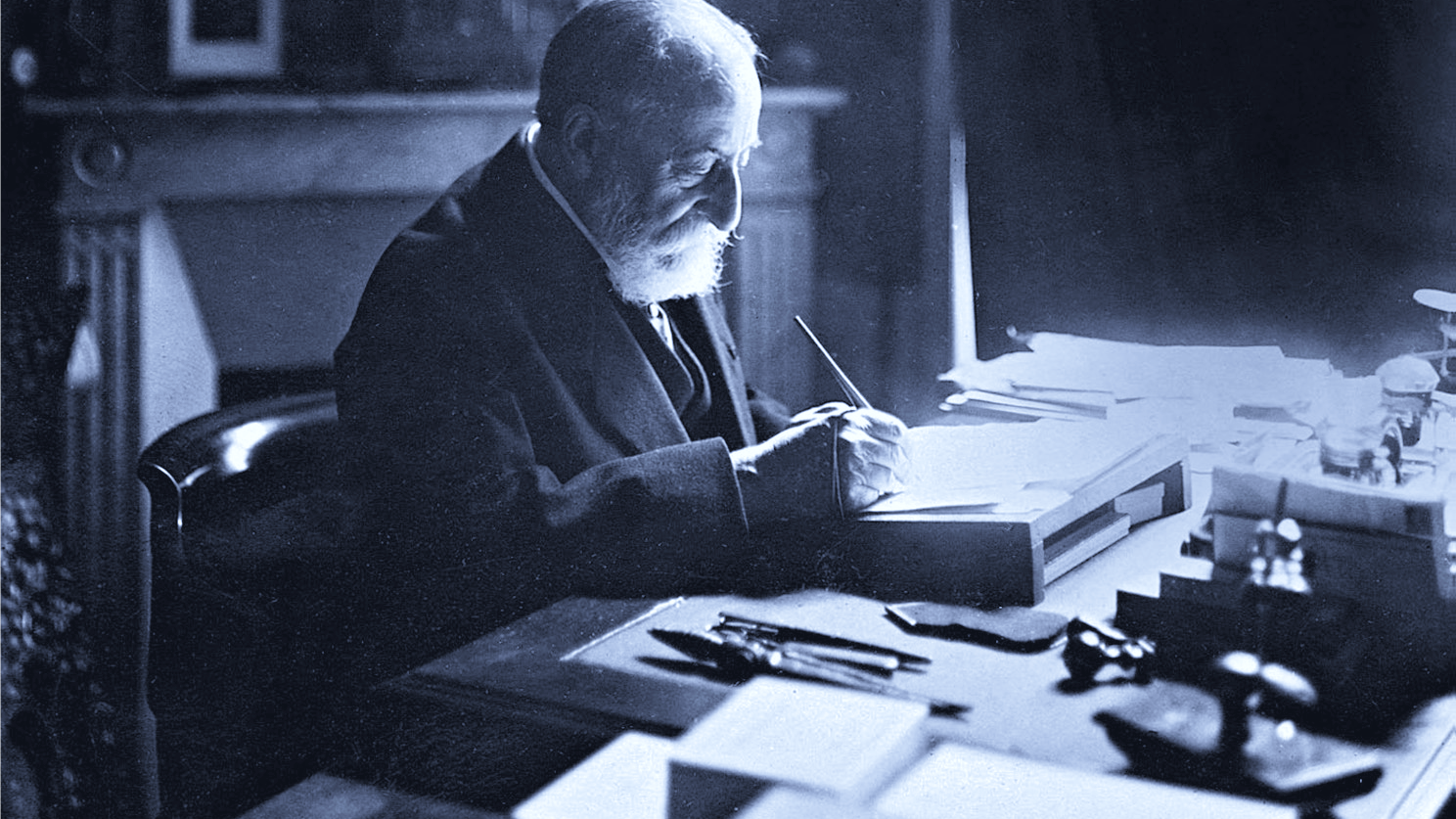Saint-Saëns’ First Cello Concerto: A Continuous, Cyclic Drama
From its opening bars, Camille Saint-Saëns’ Cello Concerto No. 1 in A minor, Op. 33 defies convention. We are denied the expansive orchestral introduction which traditionally sets the stage for the entrance of the soloist. Instead, the Concerto is launched into motion with a single A minor chord which lands as a vigorous, attention-grabbing punch. The solo cello enters immediately and sweeps us forward, breathlessly, with the rhapsodic and tempestuous main theme. …







